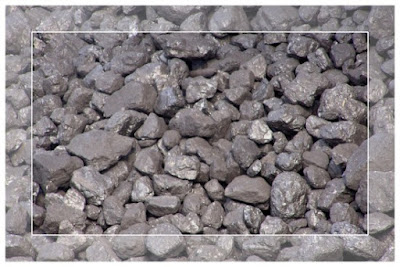China Sea Coal Beds and the Genesis Flood
Once again, drilling for oil has been a problem for uniformitarian geologists. This time some mighty thick coal beds way out yonder in the sea. Excuses were needed in a big hurry to protect the narrative, but fail as usual. They should be embarrassed by the speculation-as-science stories.
The naturalistic stories for coal formation are unrealistic at best — uniformitarian scientists should be embarrassed by the rising and falling coal formation tales. The excuse given by this tinhorn is that the material washed out to sea. Let's see if he can wave off the problem of C-14 in coal while he's at it. Since secularists have an a priori commitment to naturalism, they will not consider the fact that creation science models of the Genesis Flood have the best explanations for observed evidence.
 |
| Credits: original image from RGBStock / Michal Zacharzewski, modified at Big Huge Labs |
Recent geological discoveries are defying standard uniformitarian explanations. First, there was the massive Whopper Sand found in the deep water of the Gulf of Mexico. And then there was the dinosaur bone washed 70 miles offshore and buried 1.5 miles deep. And now, researchers have come across another startling discovery— coal beds hidden far beneath the South China Sea.You can read the rest at "Deep Water CoalsDiscoverySupports Flood".
Peter Lunt reviewed recent oil well drilling data in an area in the South China Sea known as North Luconia, about 175 miles off the coast of Borneo. The oil wells were drilled in over 3,000 feet of water and yet penetrated a thick section of bedded coals at the bottom. Coal deposits form when land plants are buried between sedimentary layers, but no land is near these particular deposits. So, how did these coals form in such deep water so far offshore?